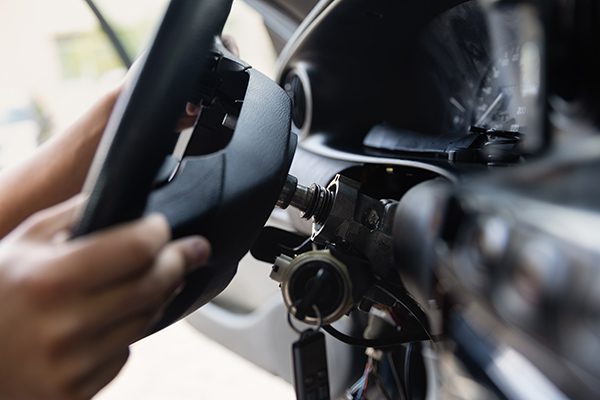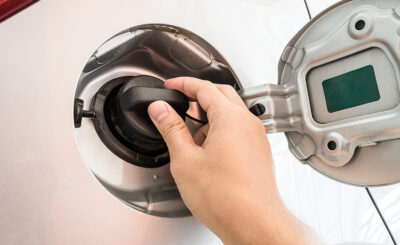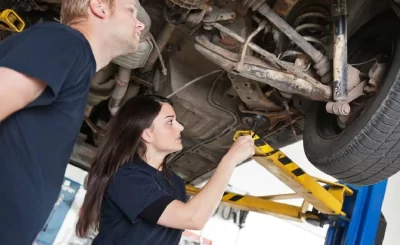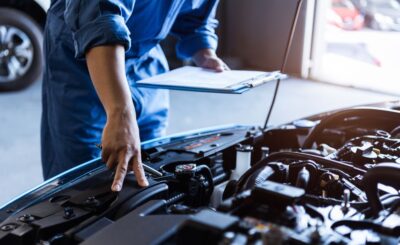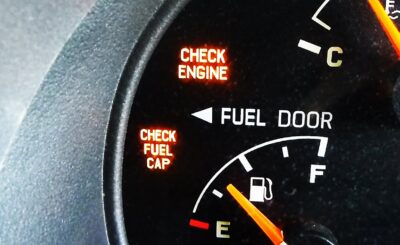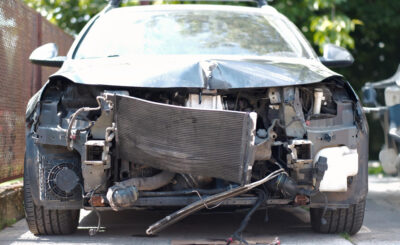Finding wear early on stops expensive repairs and downtime. Dents, bends, or rust are easy to see and check for using visual and functional examinations. Regular inspections can greatly increase the life of a driveshaft.
Visual Checks
Inspect joints and boots for tears, grease leakage, or play thoroughly. Center bearings and splines must be checked for wear or looseness accurately. Small visual cues often indicate serious underlying problems. Proper lighting and cleaning improve visibility during inspections significantly. Documenting observations helps track changes in driveshaft condition systematically. Drivers can rely on Auto Repair in West Monroe, LA for professional inspection and timely maintenance of critical driveshaft components.
Listening for Signs
Unusual noises indicate potential issues with joints or bearings clearly. Clunking or grinding during acceleration suggests wear or misalignment immediately. Vibrations at certain speeds can point to imbalance or bent shafts. Squeaks or whining may originate from CV joints or U-joints reliably. Auditory clues complement visual inspection in detection. Road tests provide real-world feedback on hidden driveline problems accurately. Observing noise patterns aids in identifying faulty components efficiently.
Checking Component Play
Splines and slip yokes require careful observation for binding or movement. Play in components accelerates wear and increases vibration during operation consistently. Controlled testing helps detect weaknesses before failure. Professional tools ensure accurate measurement of play and misalignment effectively.
Lubrication and Seals
You need to check the CV boots and grease fittings for leaks or damage. Not having enough lubrication makes things rub against each other more, which speeds up wear on parts a lot. Cracks in boots let dirt and other debris get into joints easily. Proper sealing keeps joints from getting dirty and lasts a long time. Fixing leaks quickly stops joints from breaking and stops secondary harm from happening.
Balancing and Alignment
Imbalance causes vibration and stress on the entire driveline assembly. Check for missing weights or bent shafts during inspections regularly. Alignment issues from twisted chassis or suspension affect driveshaft angles significantly. Correct balancing reduces vibration, noise, and early component wear reliably. Proper alignment prevents unnecessary damage and enhances safety. Periodic professional checks confirm that shafts meet manufacturer specifications accurately.
Professional Evaluation
Technicians always do more than just look at things when they inspect them. They employ diagnostic equipment to check vibration, alignment, and component play in a precise way. Load testing under controlled conditions shows flaws that aren’t usually obvious. Recommendations for repair or replacement make sure that the driveshaft is safe and sound. Professional evaluation finds problems before they become expensive failures. Experts give advice on how to keep things in good shape for a long time. Proper service keeps parts working longer and stops problems with the driveline from happening.
Conclusion
Regular checks of the driveshaft keep the car running well and keep the driver safe. Visual checks, noise detection, and play assessment find problems immediately. A professional evaluation works well with an owner’s inspection to make sure that any flaws are found. Regular maintenance lowers the chance of failure and keeps the driveline in good shape.


